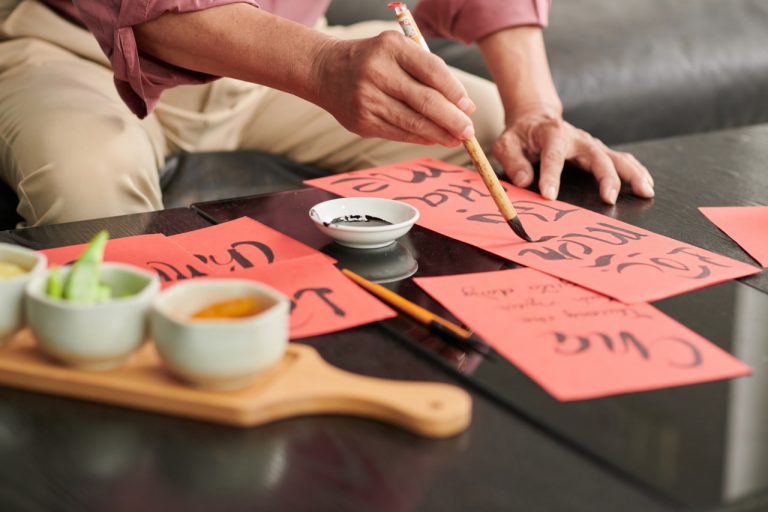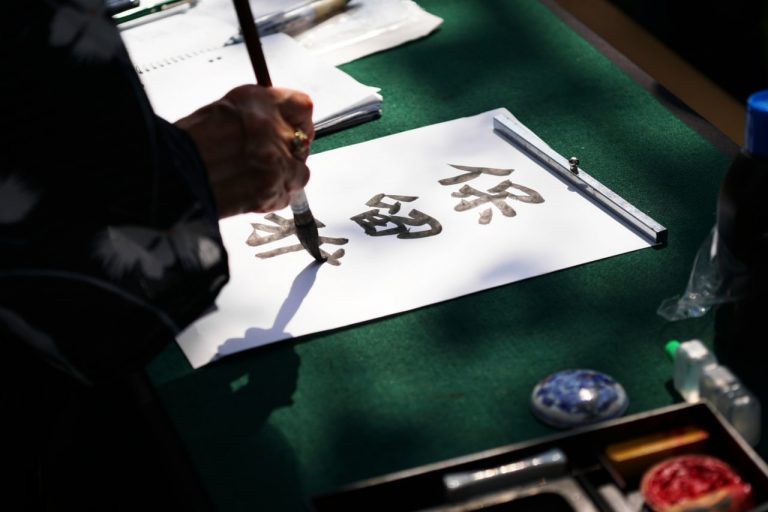Consistency is the key to growth in any creative practice, and lettering is no exception. While it’s tempting to rely on bursts of inspiration, true progress comes from showing up day after day. The art of consistency doesn’t mean perfection or long hours; it means creating a habit of small, intentional efforts that build skill, confidence, and style over time. Whether you’re just starting out or looking to refine your work, a consistent lettering routine will help you improve more effectively than any single marathon session.
Why Consistency Matters in Lettering
Lettering is a muscle memory-based skill. Just like playing an instrument or learning a language, your hand needs repeated exposure to certain movements, shapes, and spacing to perform them smoothly and with confidence. Practicing a few minutes a day allows your mind and body to internalize the motions, helping your strokes become more natural and fluid over time.
Daily practice also helps you spot patterns in your work. You’ll begin to notice which letters feel awkward, where your spacing tends to slip, and how your style evolves. These small insights are essential for growth and often only reveal themselves through repetition.
Creating a Manageable Practice Routine
One of the most common obstacles to consistency is the belief that you need a full hour or perfect setup to get anything done. The truth is, even ten focused minutes can lead to noticeable improvement. The key is to set realistic expectations and remove friction from your routine.
Start by identifying the time of day when you’re most alert and least likely to be interrupted. It could be five minutes after breakfast or twenty minutes before bed. Set up a small, dedicated space for your materials or keep them in a portable kit so you can practice anywhere.
Decide in advance what you’ll work on each day. You might focus on individual letters, connecting strokes, style variations, or specific phrases. Keeping your goals specific and small reduces overwhelm and creates a clear entry point every time you sit down.
Warm Up with Purpose
Professional lettering artists don’t dive straight into complex compositions. They warm up. A few simple strokes—lines, curves, ovals, and loops—can activate your hand and get you into the flow. These movements seem basic but are the foundation of every letterform. Repeating them daily refines your control and improves muscle memory.
Warming up also helps you shift your mindset from passive observation to active creation. It tells your brain it’s time to focus, even if you’ve only set aside ten minutes.
Focus on One Element at a Time
Trying to improve everything at once—letter shapes, slant, spacing, flourishes—can lead to frustration. Instead, isolate one element per session. If spacing between letters feels inconsistent, spend a few days adjusting your eye to equal intervals. If your curves feel uneven, focus on ovals and circular shapes.
Concentrated practice on a single challenge allows for deeper learning and faster improvement. Once that element feels more natural, move on to the next while continuing to apply what you’ve refined.
Track Your Progress Visually
One of the best motivators for maintaining consistency is being able to see how far you’ve come. Keep a dedicated sketchbook or digital folder for your daily lettering. Date each page so you can flip back through the weeks and compare.
What may feel like slow progress on a day-to-day basis often becomes clear when viewed over a month or more. You’ll see cleaner lines, improved proportions, and a more confident hand—all proof that your consistency is paying off.
Some artists also use photo apps or time-lapse videos to document their process. This can be both encouraging and helpful for spotting recurring habits or areas for refinement.
Make It Fun and Flexible
Consistency doesn’t have to mean rigidity. If your routine becomes a chore, you’re more likely to quit. Keep things fresh by rotating between exercises, tools, and styles. One day you might work with a brush pen, the next with a pointed nib, the next with a pencil sketch.
Use prompts to spark creativity. Choose a word of the day, a favorite quote, or lyrics from a song. Let these serve as a playground for exploring shapes, spacing, and flourishes while still keeping practice light and engaging.
If you miss a day, don’t let guilt derail your progress. Just pick up where you left off. Consistency is a long-term mindset, not a perfect record.
Join a Lettering Community
Surrounding yourself with other creatives—even virtually—can help you stay accountable and inspired. Sharing your work on social media, participating in challenges, or joining a lettering course provides structure and feedback.
Seeing how others approach the same prompts or tools broadens your understanding and gives you fresh ideas. It also reinforces the fact that everyone is learning, refining, and evolving. The more connected you feel to a larger creative movement, the more likely you are to stick with your practice.
Celebrate Small Wins
Improvement doesn’t always show up in big leaps. Celebrate the small wins—nailing the shape of an “s,” getting your ascenders aligned, or mastering a tricky flourish. These moments are signs that your consistency is working.
Rewarding yourself for these micro-successes keeps motivation high and reinforces the value of your efforts. Sometimes, simply taking a moment to reflect on what you’ve learned is reward enough.
Build Your Style Through Habit
As you develop consistency, something else begins to emerge: your unique lettering voice. The more you practice, the more naturally your style will evolve. You’ll start to favor certain curves, proportions, or flourishes. These preferences become part of your artistic identity and help distinguish your work.



